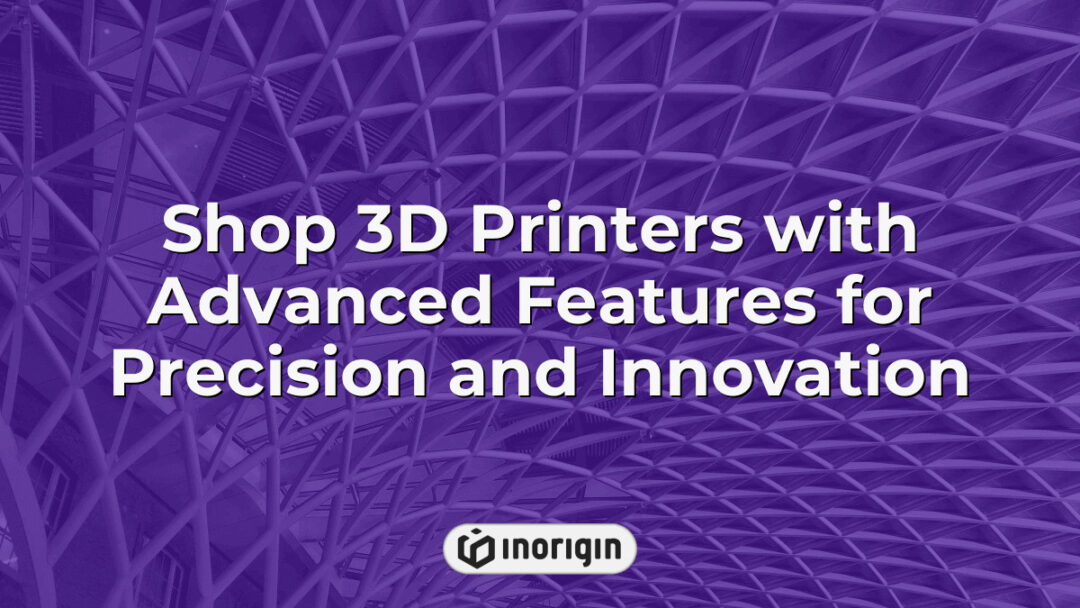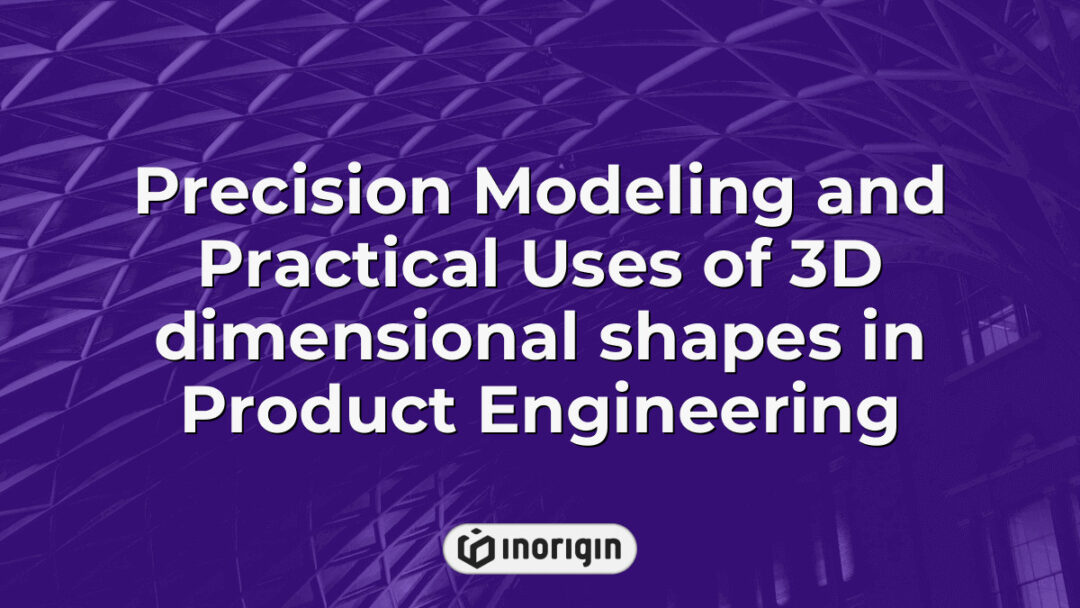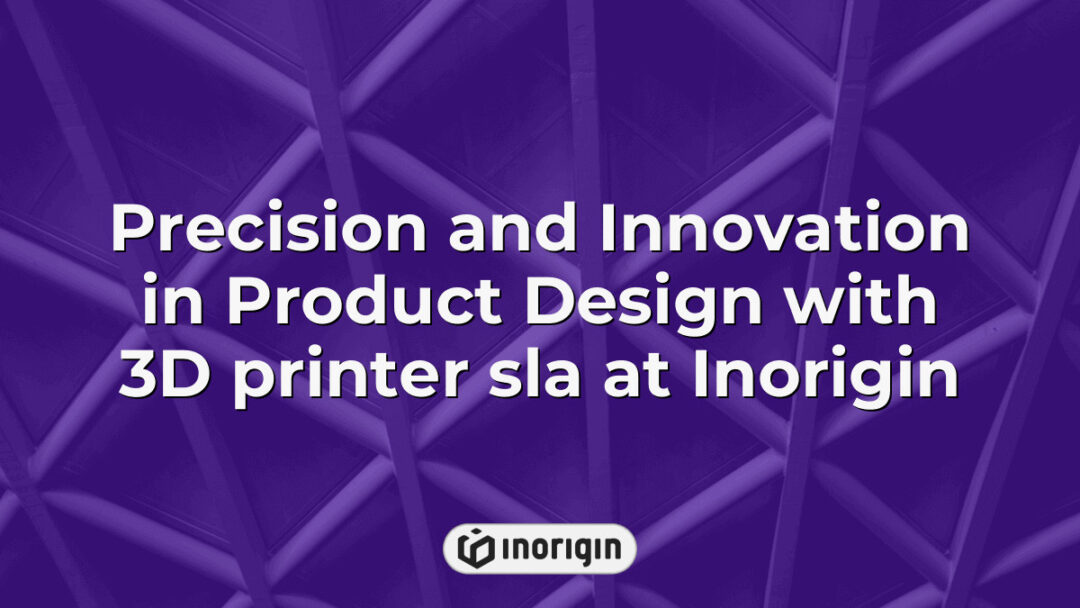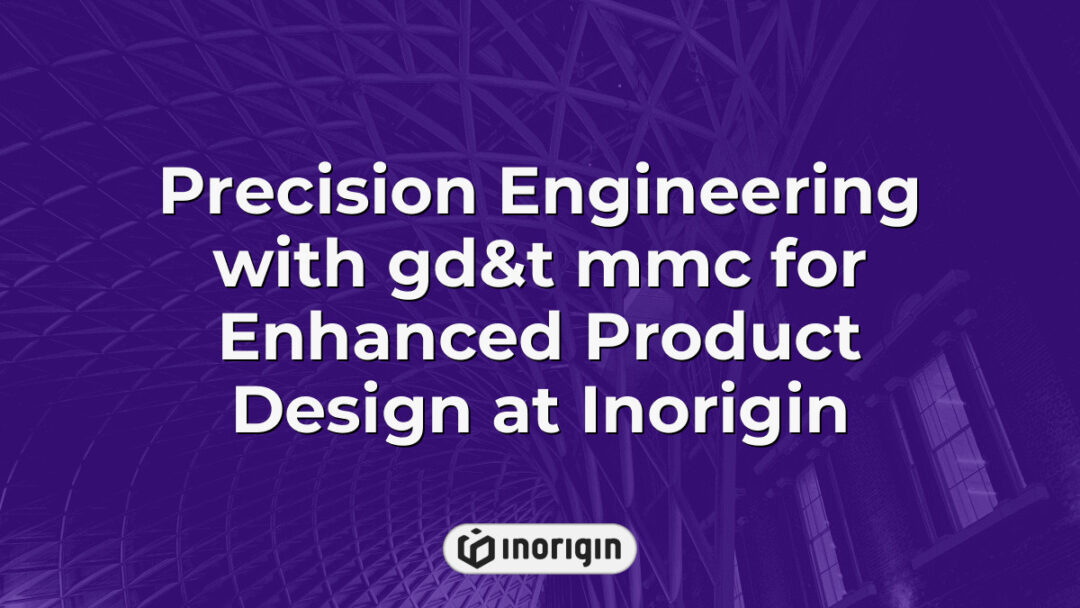The emergence of three-dimensional (3D) printing technology has catalyzed a revolution in manufacturing, design, and innovation, offering unprecedented opportunities for both businesses and individuals alike. As a versatile tool capable of transforming digital concepts into tangible objects, 3D printers have proliferated across various sectors, including healthcare, aerospace, and consumer goods, thereby reshaping traditional production methodologies. This article aims to explore the intricacies of shopping for 3D printers, highlighting the critical factors to consider, ranging from printer types and specifications to material compatibility and software requirements. By understanding the diverse options available in the marketplace, potential buyers can make informed decisions, ensuring that their investments align with specific functional needs and creative aspirations.
| Aspect | Key Takeaway |
|---|---|
| Shopping 3D Printers | To shop 3D printers effectively, prioritize understanding printer types, specifications, material compatibility, and software integration for optimal alignment with your design and engineering needs. |
| 3D Printer Types | FDM printers excel in durability and affordability for prototyping, while MSLA offers superior detail for precision applications like dental and jewelry design. |
| Essential Features | Evaluate build quality, print resolution, and user interface ease to ensure reliable performance and high-accuracy outputs tailored to complex product design projects. |
| Top Brands | Brands such as Creality offer accessible solutions for various projects, while Bambu Lab delivers advanced speed and precision suitable for engineering-focused uses. |
| Setup & Maintenance | Correct assembly, regular calibration, and timely replacement of wear parts are critical to maintaining print quality and maximizing printer lifespan. |
| Material Compatibility | Beyond standard filaments, materials like Nylon, PETG, and carbon fiber composites expand functional capabilities for robust and flexible product prototypes. |
| Safety Measures | Maintain a well-ventilated workspace and use appropriate personal protective equipment to ensure safe operation and protect health during printing processes. |
Types of 3D Printers Available in the Market
The types of 3D printers available in the market can be categorized into various technologies, notably FDM and MSLA, which serve distinct purposes and user demographics. Fused Deposition Modelling (FDM) remains one of the most prevalent printing technologies, primarily due to its accessibility and affordability—ideal for prototyping and educational environments. It operates by extruding thermoplastic filaments through a heated nozzle, building objects layer by layer. In contrast, MSLA, or Masked Stereolithography, offers a different approach; it uses a UV light source to cure liquid resin in a layer-by-layer fashion. This method is particularly effective for producing highly detailed models, making it appealing for applications such as jewellery design and dental prototyping. While both FDM and MSLA present unique advantages, the choice often hinges on factors like material requirements, desired print quality, and production speed. Consequently, understanding the nuances in these 3D printer technologies becomes essential for informed decision-making in both hobbyist and professional settings.
Key Features to Consider When Buying a 3D Printer
According to recent data, over 50% of small businesses have reported utilising 3D printing technology, highlighting its increasing relevance in modern manufacturing. When considering the purchase of a 3D printer, particularly for those focused on precision manufacturing at an affordable price, several key features should be evaluated. These features will not only affect the functionality and efficiency of the printer but also the overall user experience.
- Build Quality
- Sturdiness of the frame
- Material choice for durability
- Resistance to vibrations during operation
- Print Resolution
- Layer height specifications
- Impact on detail and accuracy
- Adjustability settings for various projects
- User Interface
- Ease of navigation through menus
- Availability of touchscreen versus buttons
- Software compatibility for design uploads
Precision and high-quality printers should rank high on any potential buyer’s checklist as these attributes directly influence the outcome of the print projects. Additionally, considering the ongoing advances in 3D technology, staying abreast of current trends and innovations can significantly enhance the selection process. As different printing materials and methods emerge, the ability to adapt to new applications becomes increasingly essential for individuals and businesses alike. Attention to these factors fosters better decision-making when investing in 3D printing equipment.
Top Brands and Models to Explore
The world of 3D printing, a domain rich with innovation and potential, might evoke images of modern alchemy, where dreams morph into tangible objects with the tap of a button. In exploring the top brands and models, it becomes clear that the market is populated by industry leaders that cater to diverse needs; for example, Creality 3D printers are often lauded for their affordability and reliability in hobbyist applications, whereas the Bambu Lab A1 3D printer has gained a following among professionals due to its impressive speed and precision. As one examines these choices, it is essential to consider not only the capabilities of each printer but also their target user base and the specific projects at hand. While Creality tends to excel in entry-level models, Bambu Lab pushes the envelope in technologies, bringing advanced features to a more demanding audience. Thus, the decision-making process should balance budget constraints with desired output quality, guided by ongoing reviews and user experiences. Such an assessment of top brands must account for variables like print volume, material compatibility, as well as ease of use; ultimately, selecting the right 3D printer hinges on understanding both the craftsmanship of the device and the ambition of the user’s projects. Each brand and model presents a spectrum of benefits which, when properly navigated, can turn a simple idea into stunning reality, sculpting a future filled with limitless creative possibilities.
Setting Up and Maintaining Your 3D Printer
Establishing and maintaining a 3D printer can be likened to nurturing a delicate ecosystem; each component requires attention and care for the whole to thrive. Within this intricate framework, the interplay between the printer and its various 3D printing supplies becomes evident, where each part—from the filament type to the print bed material—plays a crucial role in the overall performance. The setup process initiates with a careful assembly of printer parts, ensuring correct alignment and calibration; this stage, often overlooked, is foundational for achieving optimal results. Subsequently, users should examine essential accessories such as nozzle sizes and cooling mechanisms, as these elements can significantly influence print quality, affecting layer adhesion and accuracy. Transitioning into the maintenance phase, regular cleaning and timely replacement of worn components cannot be understated. Just as a gardener prunes her plants for growth, a diligent upkeep of the 3D printer extends its lifespan and enhances printing outcomes. For instance, a clogged nozzle can lead to inconsistent flow, while a misaligned print bed may result in warping and failed prints; hence, continuous monitoring and adjustments are integral. It stands to reason that users should not only invest in high-quality 3D printing supplies but also cultivate an understanding of their printer’s individual needs to foster an environment where creativity can flourish without hindrance.
Creative Projects and Applications of 3D Printing
Imagine a world where your ideas can materialise with the simple click of a button; this is the extraordinary potential presented by creative projects and applications of 3D printing. As 3D printing technology becomes increasingly accessible, it opens up a multitude of possibilities that those interested in manufacturing and design can explore. The list of applications is extensive, including four particularly impactful categories: educational tools, which facilitate hands-on learning experiences in STEM education; prototyping, allowing designers to create tangible models of their concepts rapidly; customised products, enabling users to tailor items to their unique specifications; and artistic expressions, where creatives can craft intricate designs that push the boundaries of traditional mediums. This rapidly evolving arena encourages many enthusiasts to create their mini 3D printer setups; the promise of spectacular results fuels the desire to innovate. Beyond the technical abilities, the emotional connection fostered by 3D printing cannot be overstated. When individuals recognise that they have the power to bring their visions to life—no matter how grand or minute—there’s a profound sense of accomplishment.
In light of these advancements, it becomes evident that the implications of 3D printing stretch beyond mere novelty. The societal implications—particularly in education—are significant; educational 3D printers serve as a bridge between theoretical knowledge and practical application, making concepts tangible and igniting creativity within the classroom. As more individuals harness the power of this technology, the landscape of innovation is poised for transformation. Individuals transitioning from mere consumers to creators adds a new dynamic to the conversation surrounding manufacturing, fostering collaboration and shared learning experiences among diverse groups. The role of a mini 3D printer, once relegated to hobbyists, now stands at the forefront of a shift in how ideas are expressed and developed, thus epitomising the potential of this remarkable technology.
Frequently Asked Questions
What are the safety precautions I should take when using a 3D printer?
When engaging with 3D printers, adhering to established safety precautions is crucial to mitigate potential hazards. Initially, one must consider the workspace—ensuring it is well-ventilated can prevent the accumulation of fumes emitted during the printing process. This aspect connects directly to the choice of materials: for instance, filaments like ABS release volatile organic compounds (VOCs) while printing, necessitating adequate airflow. Additionally, personal protective equipment (PPE) should not be overlooked; gloves can protect the skin from sharp components and heated surfaces, while safety glasses shield the eyes from potential debris. Furthermore, understanding the electrical components and ensuring that all connections are secure can significantly reduce the risk of electrical shocks or fires. It’s also advisable to keep flammable materials away from the printing area, since high-temperature operations could ignite such substances. These precautions together form a foundational approach to maintaining safety while utilising 3D printing technology, ensuring that users engage with the equipment responsibly and effectively by safeguarding both their health and the integrity of the working environment.
How much does it typically cost to maintain a 3D printer?
Maintaining a 3D printer typically involves several cost factors that can fluctuate based on usage, model type, and print materials. First, the ongoing expenses for consumables such as filament, resin, or support materials are significant; for instance, a spool of PLA filament can range from approximately £20 to £40 or around $25 to $50, depending on the quality and brand. Next, maintenance of the printer itself may introduce costs related to wear-and-tear parts; items like nozzles or build plates necessitate occasional replacement, which can collectively amount to an annual expense of £50 to £150 or $60 to $180. Additionally, if any technical issues arise, repair services, whether in-house or by a professional, could substantially increase overall expenses, sometimes reaching £100 or $120 for minor fixes, while major malfunctions could escalate to hundreds. In summary, the full spectrum of costs associated with maintaining a 3D printer encompasses consumables, replacement parts, and potential repair services, varying widely depending on specific printing needs and printer usage frequency.
What materials can I use for 3D printing beyond standard filaments?
When exploring the materials used in 3D printing beyond standard filaments like PLA and ABS, a wide range of options emerge, catering to diverse applications. For instance, users increasingly turn to engineering-grade plastics such as Nylon, which offers superior strength and flexibility, making it suitable for functional prototypes and end-use parts. Meanwhile, materials like PETG combine the ease of printing associated with PLA and the durability of ABS, resulting in prints that can withstand higher temperatures, thereby expanding their usability in various environments. Metal-infused filaments also present an exciting avenue; these blends allow for the production of parts that possess a metallic finish, adding aesthetic and weight considerations that can be critical in specific applications. Furthermore, the introduction of flexible materials such as TPU opens up opportunities for creating objects that require elasticity, such as phone cases and wearable components. As innovation continues, composites like carbon fiber reinforced filaments are gaining traction, offering enhanced mechanical properties ideal for more demanding tasks. Each material brings distinct characteristics and challenges, highlighting the need for careful selection to match the intended use of the printed object. Understanding these various materials enriches the 3D printing process, enabling practitioners to leverage the specific benefits that align with their project requirements.
Conclusion
In conclusion, the exploration of 3D printers reveals a dynamic landscape where diverse types and advanced features converge, creating endless possibilities for innovation. As if wielding a digital sculpting tool in a Renaissance workshop, creators are empowered to transform ideas into tangible realities, thereby revolutionizing manufacturing and artistic expression.
Related posts:
- 3D printing filament options tailored for advanced prototyping and product design innovations
- Quality 3D printer filament near me for professional-grade printing projects
- Ender 3D Printers Performance, Upgrades, and Filament Compatibility Explained
- Comprehensive Guide to 3D Printer Types and Their Industrial Applications
- Label Printers Redefining Precision and Efficiency in Modern Product Design
- Best 3D printer 2023 Reviewed for Precision, Speed, and Material Versatility




